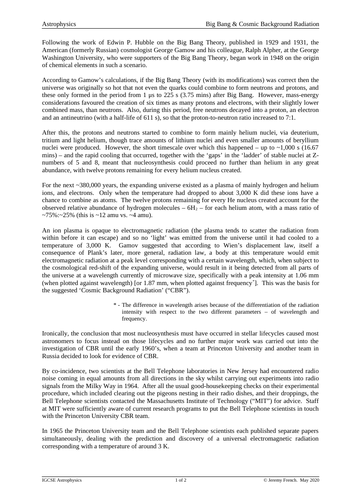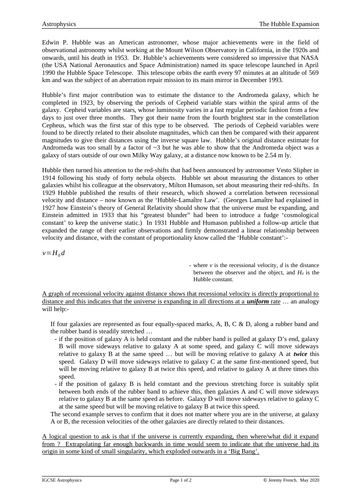JerryFrog's Shop
I have 12 yrs experience teaching Maths and Physics for CAIE & EdexceI GCSE and AS/A2. The resources are mostly animated powerpoints that cover one complete chapter, plus a few crossword puzzles and even fewer articles on ad-hoc topics.






















